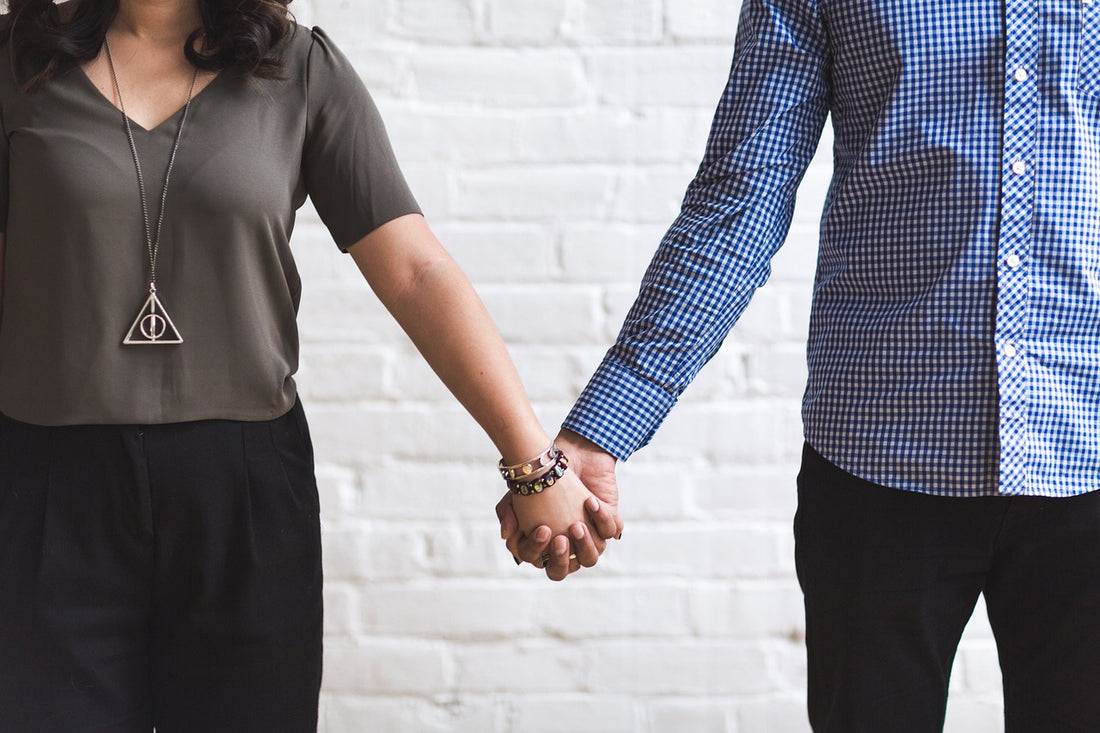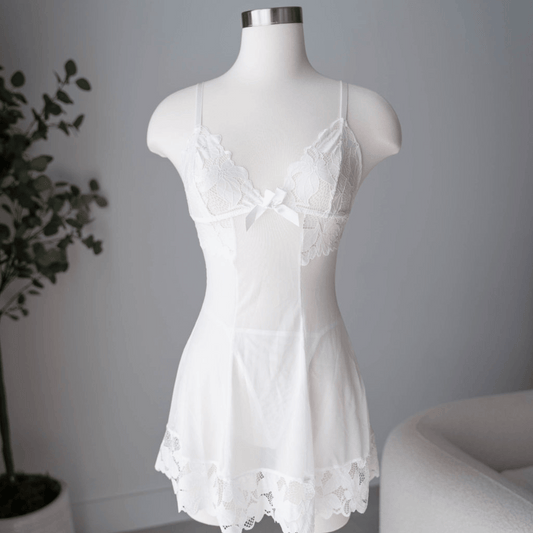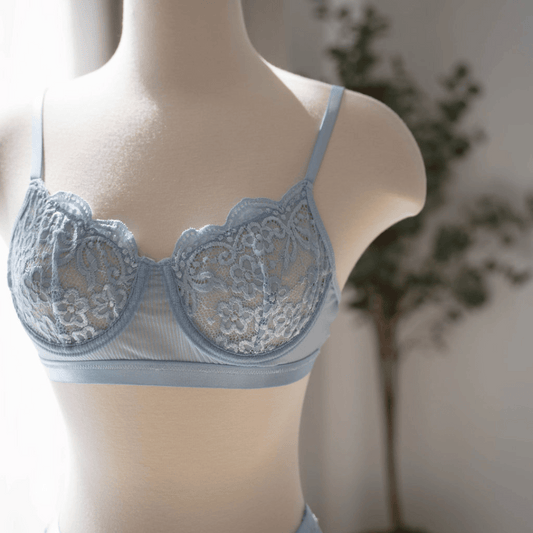
Navigating Intimacy and Gender Roles in Marriage: A Modern Couple's Guide
In the ever-evolving landscape of personal relationships, the interplay of intimacy and gender roles within marriage stands as a pivotal aspect shaping modern family life. This exploration aims to demystify how shifting gender roles influence the intimate dynamics between partners, addressing the pressing questions that couples often face in their marital journey.
-
How have traditional gender roles evolved in modern marriages? The era of rigid gender roles, typified by the breadwinning husband and homemaking wife, has gradually transformed. Today, marriages are increasingly seen as partnerships where responsibilities, both financial and domestic, are shared. This evolution reflects a broader societal shift towards gender equality and mutual support in family life.
-
What impact do gender roles have on intimacy and marital satisfaction? Gender roles, often ingrained from societal expectations and personal upbringing, significantly impact the emotional and physical intimacy in marriage. Couples who navigate these roles with understanding and flexibility often report higher levels of marital satisfaction and deeper connection.
-
How can modern couples balance gender roles for a healthier relationship? Balancing gender roles in contemporary marriages involves open communication, shared decision-making, and a departure from traditional stereotypes. It's about creating a relationship dynamic that respects individual preferences and values mutual support over societal norms.

Understanding Gender Roles in Marriage
Historical Perspective and Modern Views
Traditional gender roles, often rooted in societal norms and cultural backgrounds, have delineated the responsibilities of husbands and wives for centuries. These roles have historically seen men as the primary breadwinners and women as caretakers of the home and children. However, modern couples are increasingly challenging and redefining these roles, moving towards a more egalitarian approach. This shift is not just a matter of preference but a reflection of broader changes in societal attitudes towards gender equality and family dynamics.
Impact on Relationships and Family Life
The impact of gender roles on personal relationships and family life is profound. When roles are too rigidly defined or enforced, it can lead to dissatisfaction, lack of fulfillment, and even conflict within a marriage. Conversely, when couples approach these roles with flexibility, respecting each other's desires and contributions, it fosters a healthier, more balanced relationship. This balance is particularly crucial in nurturing intimacy, where understanding and respecting each other's roles can lead to a deeper emotional connection.

Intimacy in the Context of Gender Roles
How Gender Roles Shape Emotional Expression and Intimacy
The emotional landscape of a marriage is deeply influenced by gender roles. Traditional views often limit emotional expression, with men discouraged from showing vulnerability and women expected to be more emotionally available. This disparity can create barriers to intimacy. In contrast, modern couples who embrace a more fluid understanding of gender roles often find a richer, more authentic emotional connection, as both partners feel free to express their full range of emotions.
The Role of Mutual Support and Healthy Communication
Mutual support and healthy communication are the cornerstones of intimacy in marriage. When gender roles are flexible, partners can support each other in ways that go beyond traditional expectations, whether it’s sharing household duties, parenting responsibilities, or emotional burdens. Open and honest communication about needs, desires, and expectations helps couples navigate their roles more effectively, fostering deeper intimacy and understanding.

Challenges Posed by Gender Stereotypes in Marriage
Societal Expectations and Gender Stereotypes
Societal expectations and gender stereotypes can create significant challenges in marriages. Stereotypes that dictate how men and women 'should' behave often lead to unrealistic expectations and misunderstandings. For instance, the belief that men should always be strong and unemotional can prevent them from seeking support or expressing their feelings, impacting marital satisfaction and mental health.
Impact on Mental Health and Marital Satisfaction
Adhering to rigid gender stereotypes can have detrimental effects on mental health and marital satisfaction. It can lead to feelings of inadequacy, resentment, and emotional disconnect. Couples who recognize and challenge these stereotypes, instead prioritizing their individual needs and personalities over societal norms, are more likely to experience a fulfilling and satisfying marriage.
Navigating Gender Roles for a Healthy Marriage
Strategies for Married Couples
Navigating gender roles in marriage requires conscious effort and flexibility. Couples should strive to understand and respect each other’s perspectives, sharing responsibilities based on strengths and preferences rather than traditional norms. Engaging in healthy communication, setting mutual goals, and supporting each other’s career and personal aspirations can help create a more balanced and satisfying relationship.

Importance of Respect, Understanding, and Shared Responsibilities
Respect and understanding are critical in navigating gender roles. Recognizing and valuing each other’s contributions, both inside and outside the home, fosters a sense of partnership. Sharing responsibilities, from childcare to financial management, allows couples to work as a team, reinforcing their bond and commitment.
Frequently Asked Questions About Intimacy and Gender Roles in Marriage
Q1: Can gender roles affect the quality of intimacy in a marriage? A1: Absolutely. Gender roles can significantly influence how partners interact and express themselves within the relationship. When roles are rigid or stereotypical, they may hinder emotional openness and mutual understanding, which are key to intimacy. Embracing flexibility in roles can lead to a more profound and satisfying intimate connection.
Q2: How can couples navigate traditional gender roles while maintaining a healthy marriage? A2: Navigating traditional gender roles requires open communication, mutual respect, and a willingness to adapt. Couples should discuss their expectations and comfort levels with these roles, finding a balance that respects individual preferences and strengths. Sharing responsibilities and supporting each other's personal growth are also crucial steps.
Q3: Does gender equality in marriage lead to better marital satisfaction? A3: Research suggests that marriages where gender equality is embraced tend to have higher levels of marital satisfaction. Equality allows partners to share responsibilities, support each other’s ambitions, and build a relationship based on mutual respect and understanding, all of which contribute to marital happiness.
Q4: How can changing societal expectations about gender roles impact a marriage? A4: Societal shifts towards more fluid gender roles can positively impact a marriage by offering couples more freedom to define their own relationship dynamics. This can lead to a more equitable distribution of household duties, shared parenting responsibilities, and a partnership that is based on personal strengths rather than societal norms.
Q5: What role do individual gender identities play in shaping marital roles? A5: Individual gender identities play a significant role in shaping how each partner views and performs their marital roles. Acknowledging and respecting each other's gender identity is essential for creating a marriage where both partners feel understood and valued. This respect for individual identity fosters a more authentic and fulfilling relationship.
Q1: How do gender roles impact the emotional aspect of marriage? A1: Gender roles significantly impact intimate relationships within a marriage. When these roles are too rigid, they can restrict the emotional expression and understanding between partners. For instance, male partners may feel pressured to adhere to traditional notions of masculinity, hindering open emotional communication. Embracing a more flexible approach to gender roles allows for a deeper understanding and connection.
Q2: What changes are occurring in marriage roles due to gender differences? A2: Gender differences are leading to a reevaluation of marriage roles. More women are entering the workforce, and many male partners are taking a more active role in raising children and managing household responsibilities. This shift reflects a move away from traditional roles and towards a partnership based on mutual support and shared responsibilities.
Q3: How can a family therapist assist in addressing gender role issues in marriage? A3: A licensed marriage and family therapist can offer invaluable guidance in navigating gender role issues. They can help couples understand the impact of these roles on their relationship, explore different gender roles, and develop strategies to balance responsibilities in a way that aligns with each partner's strengths and preferences.
Q4: How does the concept of 'women's work' evolve in modern marriages? A4: The traditional concept of 'women's work' has significantly evolved in modern marriages. With more women pursuing careers and men participating more actively in home and family life, the division of labor is becoming more balanced. This evolution reflects a growing recognition that all tasks, whether related to income generation or household management, are shared responsibilities.
Q5: How does focusing on one partner's career impact the dynamics of a marriage? A5: When a marriage focuses predominantly on one partner's career, often the husband's, it can create an unbalanced dynamic. This traditional approach can lead to one partner shouldering the majority of household duties or child-rearing responsibilities. Modern couples are increasingly seeking a balance, recognizing that both partners' careers and personal aspirations are important.
Q6: Can different gender roles lead to conflict in marriage? A6: Yes, differing expectations and interpretations of gender roles can lead to conflict in marriage. This is especially true when one partner holds traditional views while the other favors a more modern approach. Effective communication and a willingness to understand each other’s perspectives are key to resolving these conflicts.
Q7: How do individual personality differences affect gender roles in marriage? A7: Individual personality differences play a significant role in how gender roles are perceived and enacted in a marriage. For example, a person who is naturally nurturing may take on more caregiving responsibilities, regardless of their gender. Understanding and respecting these personality traits can lead to a more harmonious and equitable division of roles.
Q8: How should couples approach gender roles when raising children? A8: When raising children, it’s important for couples to present a united front regarding gender roles. Demonstrating equality and mutual respect in their relationship sets a positive example for children. It teaches them to value individual abilities and preferences over traditional gender-based roles.
Q9: What are some examples of how traditional gender roles have changed in modern families? A9: In modern families, traditional gender roles are increasingly fluid. Examples include men taking paternity leave to care for newborns, women being the primary breadwinners, and both partners sharing household chores and decision-making. These changes reflect a broader societal shift towards gender equality and a more balanced family life.







